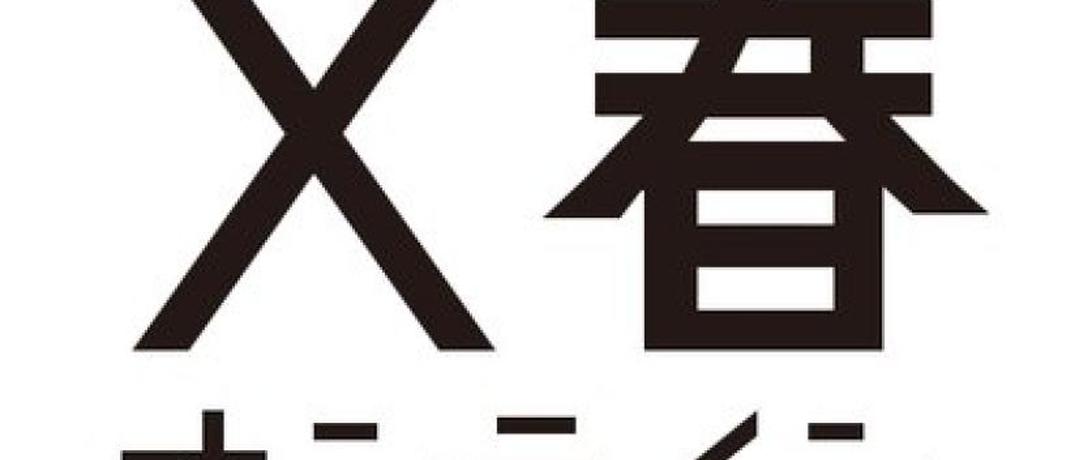
ONN senior analyst Katsuhisa Furukawa was interviewed by Japanese Bunshun Online on the status DPRK's Yongbyong nuclear complex.
"Dr. Katsuhisa Furukawa, a former member of the UN Security Council North Korea Sanctions Committee Panel of Experts, published in Bungeishunju the results of the latest analysis of satellite images of North Korea's nuclear and missile bases. According to it, it can be seen that North Korea has steadily advanced its nuclear weapons and missile-related technologies even while the world was preoccupied with the new coronavirus. Currently, Dr. Furukawa is a Senior Analyst at an Austrian think tank, working on a program to analyze North Korea's military trends through intelligence from public information (Osinto)." ...
"Dr. Furukawa points out: 'This raised a serious problem.' Among the yellow and red points were the 5-megawatt graphite-moderated reactor, the 'heart of the nucleus,' the radiation chemistry laboratory, and the uranium enrichment facility. Thermal analysis suggests that activity within these facilities has been actively resuming." ...
"Dr. Furukawa's analysis is as follows. 'For example, the Daesung Machinery Factory in Chamjin-ri, South Pyongan Province, is one of North Korea's major missile factories. For more than a decade, satellite images have confirmed that there are at least six entrances to underground facilities on Mt. Baekyang, which lies to the north. At least two of them were believed to lead to underground facilities at the Daesung Machinery Factory. After 2020, the underground facilities in the mountain seem to have become even more important. Looking at satellite images, it is clear that the road network in the mountains has been rapidly expanded and improved since the beginning of the same year on the north side of Mt. Baekyang. The total length of the newly developed road network is approximately 5 kilometers. The new mountain road has a maximum width of about 15 meters. With this width of road, it would be possible for a missile transport launcher (TEL) to pass through. In other words, this new road network allows large military vehicles, such as missile-carrying TELs, to quickly move missiles from the mountains to highways." ...
"Dr. Furukawa warns: 'Target identification, real-time tracking, and precision-guided attacks would be difficult with the 10 information gathering satellites currently being promoted by the Japanese government and the constellation of small satellites alone. State-of-the-art, expensive UAVs will be essential. In order to infiltrate North Korea's airspace, it will need air force and aerial patrol to neutralize North Korea's air defense system, as well as precision-guided weapons. If the first strike fails to destroy the missile, Japan will be exposed to a North Korean missile attack." Then what should Japan do? Based on his meticulous analysis, Dr. Furukawa makes a realistic proposal that "it should be discussed as part of the deterrence strategy against China."
Article Details
Published
Topic
Program
Content Type
In the media